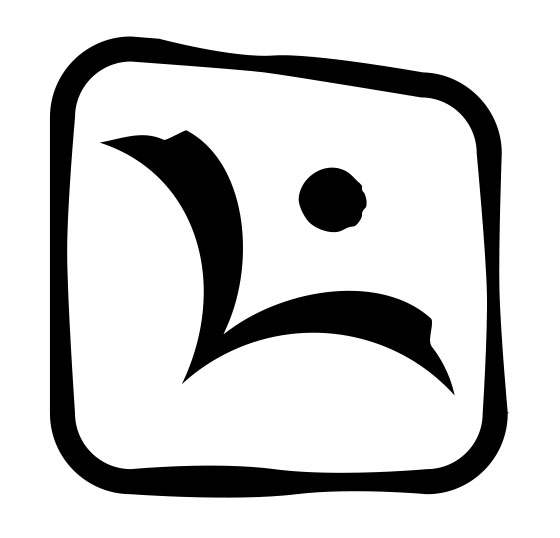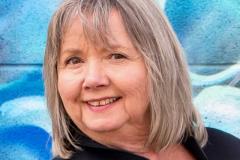“Each of us is an artist of our days; the greater our integrity and awareness, the more original and creative our time will become.” —John O’Donohue
 Experimenting with materials has always been an important part of my studio art-making practice. I often hunt for interesting materials in various stores, looking for electronic parts, unusual packaging material, and in general, anything that may be tucked away in a corner, just waiting for me to discover. Eleven years ago, when I was wandering down a dimly lit aisle at Rocky Mountain Clay in Denver, I noticed a plain-looking, hazy plastic bag of clay that had obviously been relabeled with a Magic Marker. The label simply read “paper clay.” I decided to bring it home and experiment with it.
Experimenting with materials has always been an important part of my studio art-making practice. I often hunt for interesting materials in various stores, looking for electronic parts, unusual packaging material, and in general, anything that may be tucked away in a corner, just waiting for me to discover. Eleven years ago, when I was wandering down a dimly lit aisle at Rocky Mountain Clay in Denver, I noticed a plain-looking, hazy plastic bag of clay that had obviously been relabeled with a Magic Marker. The label simply read “paper clay.” I decided to bring it home and experiment with it.
At the time, I was taking a poetry workshop. My assignment was to write five simple poems and create a collage for each on the adjoining page. As I reviewed my poems, I wondered, “What if this page became animated, lifted out of the book, and transformed itself into a sculpture representing the poem? What would that look like?”
I hauled the paper clay out of my closet and went to work. I rolled out a slab the same size as the page in my book. Then, I asked the clay to become the poem and began working. I had no idea how this material would behave. I was grabbing different objects on my worktable to use as supports. The clay was really floppy, but it dried quickly and was very strong once dry. I was amazed when I knocked over one of the sculptures and it didn’t break. I managed to break off the head and arms of a figure I was being particularly brutal with but discovered that I could easily put it back together with a little water. In the end, I had several paper clay poem-sculptures. I was impressed by how flexible this material was and wanted to find out more about it.
I turned to books, articles, and websites. I bought a book by Rosette Gault about paper clay and continued to experiment. A year later, I attended a few workshops. During one of them, I heard about a paper clay–sculpture symposium scheduled to take place at the International Ceramic Studio (ICS), in Kecskemét, Hungary.
The more I read about the symposium, the more felt I had to be there. I applied and started making plans to attend. As I sat at my desk looking out a fogged-up window in my home in Portland, Oregon, I wondered how this was going to happen, given that I had just started a new job. I wanted to be there more than anything. After some negotiations at work, I was granted a short leave of absence, and I ran for it!

